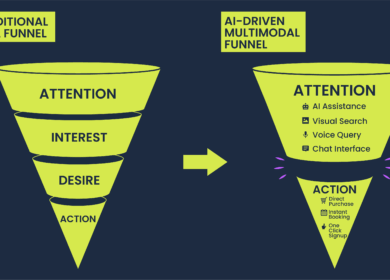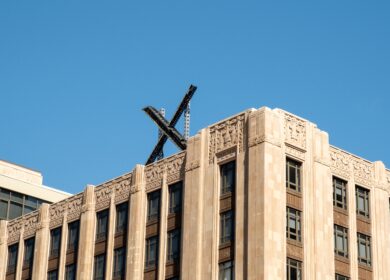By Terence Nip
The Hoffman Agency, Hong Kong
“Polar Vortex” has definitely become one of the biggest social media buzzwords of 2014 thus far.
When North America was first paralyzed by the deep freeze, millions gave up braving the cold for school or work, thousands of flights were cancelled, and many were rushed to emergency warming shelters in the Midwest, East Coast and Deep South. It was so cold that the U.S. side of the Niagara Falls partially froze over. Even polar bears and penguins in zoos had to be sheltered indoors.
It is estimated that about $5 billion has been lost to the U.S. economy due to the “Polar Vortex.” Compare this with an annual gross domestic product of about $15 trillion – this works out to around one-seventh to one-eighth of one day’s production for the entire country.
While the freezing arctic air blanketed all 50 states, many people were busy tweeting and uploading photos about the “Polar Vortex” on Facebook, Twitter, Instagram and Pinterest. We saw some interesting hashtags – for example, the U.S. National Weather Service adopted the Twitter hashtag #Chiberia for Chicago, equating it to parts of the vast Siberian region.
Many brands spotted an opportunity in the trending hashtag #polarvortex as well:
But beyond merely sharing one’s thoughts, what else could hashtags and social media do in response to a disaster? In my opinion, social networks hold the power to save lives in a big way.
In the case of an emergency, life-saving decisions have to be made based on the most up-to-date information available as well as lessons gleaned from past experiences. But where and how can emergency response teams gather accurate and reliable information in the midst of a country-wide crisis?
Moreover, gathering Big Data for analysis has to be three dimensional – it must be vast (a large amount of data), varied (a wide range of data) and moving at peak velocity (high speed of data coming in and out). It also needs to be actionable so that emergency teams can respond immediately and effectively.
The U.S. Federal Emergency Management Agency (FEMA) has an answer.
Do you remember “Superstorm Sandy,” the United States’ deadliest and most destructive hurricane of 2012? It claimed more than 200 lives, and damages amounted to more than $68 billion.
In response to the Superstorm, FEMA formed a special task force with the public sector, private companies and humanitarian NGOs to gather and access more than 150,000 geo-tagged photos from sophisticated sensors and social media feeds.
FEMA’s emergency managers analyzed hashtags, words and pictures in Twitter, Facebook and Instagram to find out where resources like power, fuel, food and water were urgently needed. Social feeds combined with visuals and a geographic information system (GIS mapping) helped the agency perform assessments and make better decisions in providing disaster relief.
It’s true that social media could be a distraction or even a hindrance to prompt disaster response if there is misinformation. Yet with the right data analysis tools in place, social media could facilitate disaster relief efforts and save lives in a big way, with Big Data.
This article is a translation of Terence’s byline in Capital Weekly. Original article below:




